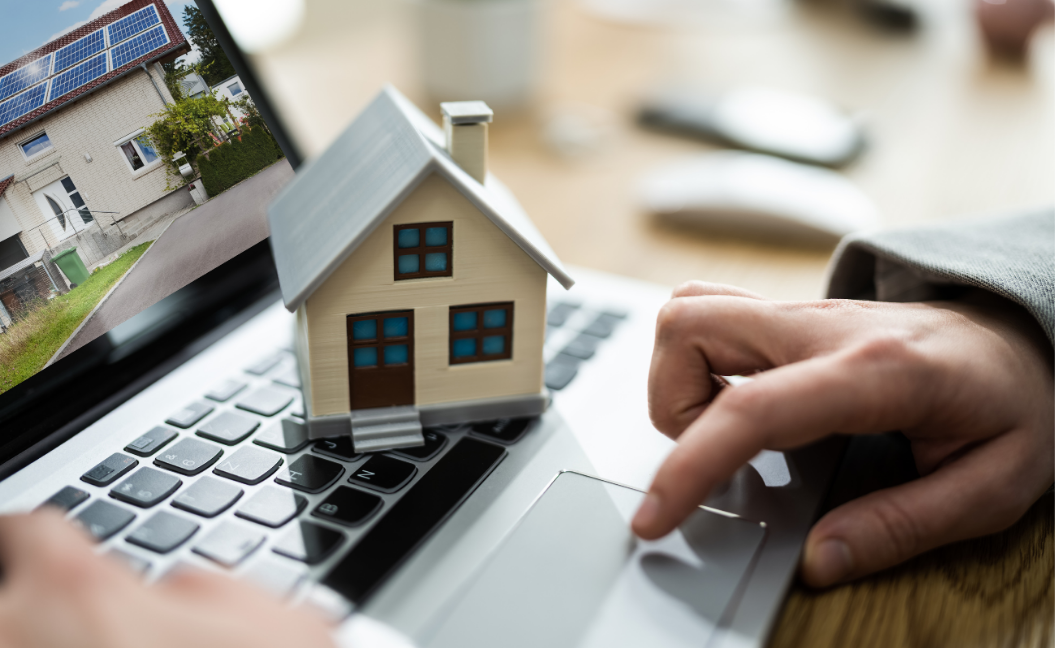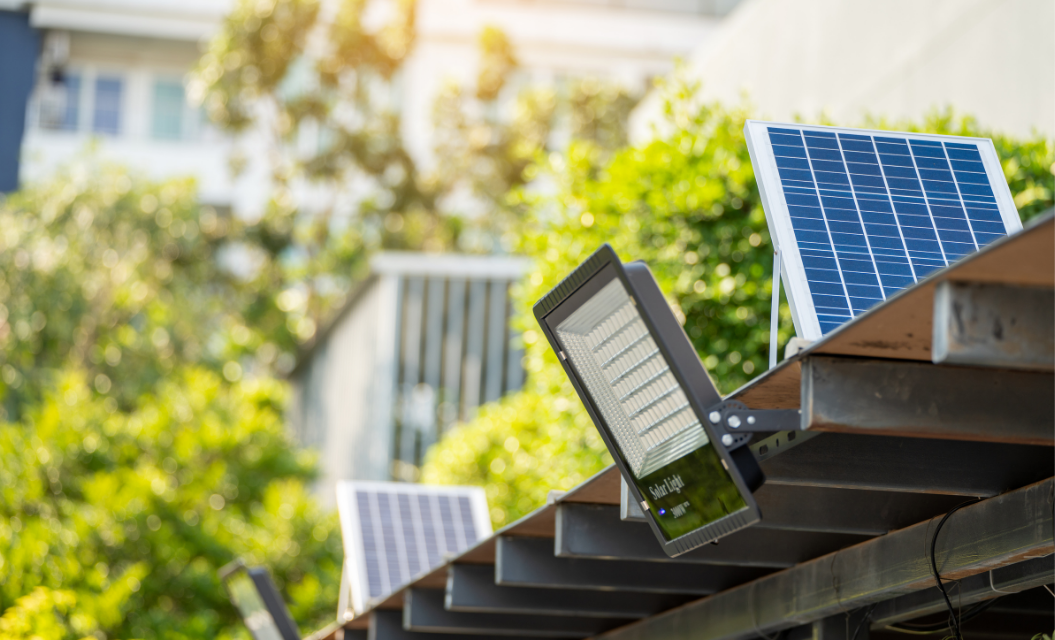Free word search
Category
Sustainable Real Estate in Japan: Choosing Environmentally Friendly Properties
2025.06.21

Terms like “SDGs” and “sustainability” have become increasingly common in daily life, and their influence has extended into the real estate industry as well. Environmentally friendly properties, with features such as excellent insulation and high energy efficiency, are becoming more popular among tenants thanks to the potential for lower utility bills.
From a property owner's perspective, these eco-conscious features are equally important. Building or renovating properties with the environment in mind can improve occupancy rates and reduce the risk of vacancies.
In this article, we introduce key environmentally friendly features that are currently attracting attention among property seekers.
Double-Paned Windows to Improve Heating and Cooling Efficiency
“Double-paned windows” (also known as “interior windows” or “double sashes”) consist of two separate layers—an inner and outer window that can be opened or closed independently. These are commonly found in colder regions like Hokkaido.
Having two layers of windows helps block outdoor temperatures from entering the room, keeping warm or cool indoor air more stable. This makes double-paned windows effective not only in winter but also in summer, when air conditioning is in use. As a result, energy consumption is reduced, lowering electricity bills—making this feature highly popular among tenants.
(1).jpg)
Solar Power Systems and LED Lighting
While it is still relatively rare to find rental properties equipped with solar panels, this rarity can be used as a point of differentiation that appeals to prospective tenants. However, the key is in how the generated electricity is used. If the solar system is installed only for the owner to sell electricity back to the grid and offers no direct benefit to tenants, it’s unlikely to enhance tenant appeal.
On the other hand, solar systems that reduce tenant electricity bills, power common areas to lower shared utility fees, or serve as a backup power source during outages will likely gain strong tenant interest.

In addition, replacing lighting in shared areas such as entrances and hallways with LED fixtures is highly recommended. LED lighting reduces electricity costs and significantly decreases replacement frequency, easing maintenance burdens. Furthermore, Japan is set to ban the production and import of fluorescent lights by the end of 2027—a shift known as the "2027 Fluorescent Light Issue." While existing stock may still be used after the ban, prices have already begun to rise sharply. For this reason, we recommend that property owners switch to LED lighting sooner rather than later.
As public awareness of environmental issues continues to rise, energy efficiency has become a key factor in how tenants evaluate properties. In recent years, electricity prices have steadily increased, meaning that tenants are paying more even if their usage remains the same. Combined with the general rise in living costs, this makes utility expenses a growing concern for many renters.
While simply raising rent to match inflation can be difficult for tenants to accept, environmentally conscious renovations like those introduced in this article can provide a more justifiable basis for rent increases. By considering both tenant needs and environmental impact, property owners can create comfortable, future-ready homes.
Related Articles

.png)